Tucked away in the historical region of Castilla-La Mancha, Spain, Cuenca Cathedral is a masterpiece of Gothic architecture. Its grandeur and splendor are matched only by its fascinating and complex history, which makes this cathedral a true treasure in one of Spain’s off-the-beaten-path destinations.
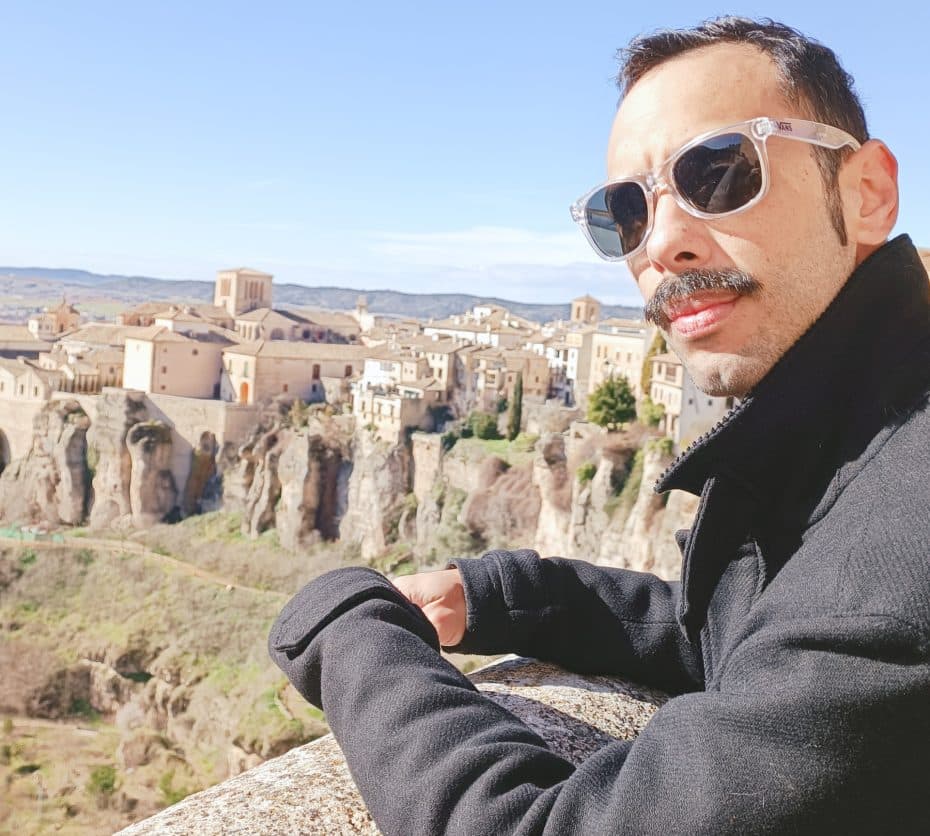
Living in Madrid, I have the fortune to be just a train ride away from some of Spain’s most beautiful locations. Cuenca is one of the places that I’ve had the pleasure of visiting on a few occasions. There’s something about that city that draws me back – perhaps it’s the cobbled streets, the hanging houses, or quite possibly, its majestic cathedral. Each visit to Cuenca feels like a breath of fresh air, an escape from Madrid’s bustling life. The Cathedral of Cuenca, with its Gothic architecture, never fails to captivate my imagination. It’s one of those treasures that reminds me how much beauty there is to discover so close to home.
Cathedral of Cuenca: Historic Overview
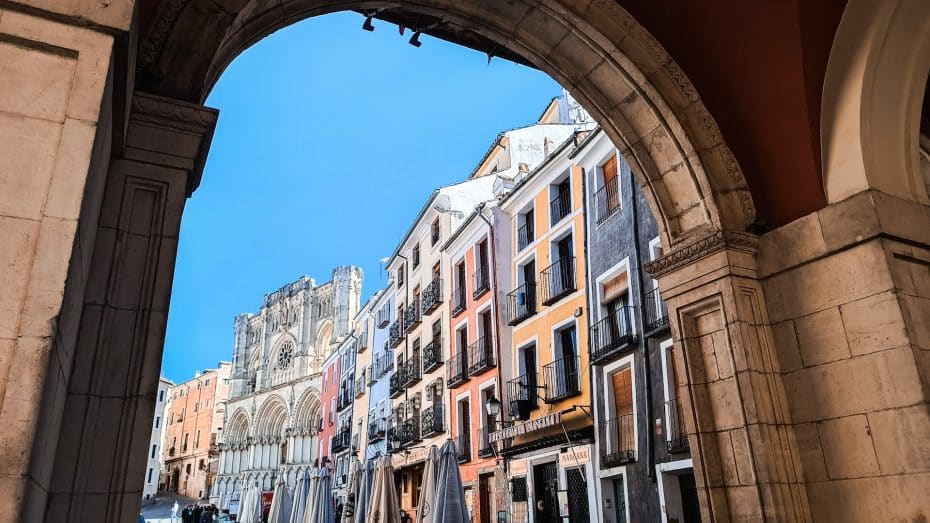
The cathedral of Cuenca, officially known as the Cathedral of Our Lady of Grace and Saint Julian, is a monument to Spain’s Gothic architecture. The story of this magnificent structure begins in the heart of the medieval period when Cuenca was an important fortified city.
Cuenca’s medieval period was characterized by significant conflict and cultural exchanges, first under Muslim rule and later during the Christian Reconquista. Founded by the Moors, the Castilian King Alfonso VIII conquered the city in 1177. As a strategic stronghold on the frontiers of Al-Andalus, Cuenca experienced numerous social and territorial changes.
The construction of Cuenca Cathedral began in 1183 under the direction of Bishop Juan Yáñez and was consecrated in 1208 despite being incomplete. The driving force behind its construction was Alfonso VIII’s wife, Eleanor Plantagenet, who brought Anglo-Norman architectural tastes from her native England to Spain. Her influence is believed to have introduced the Gothic style into Spanish architecture, a departure from the Romanesque style typical of that era.
Throughout its history, the cathedral has undergone renovations due to structural damages, including a tragic gunpowder explosion in 1446 and an earthquake in 1575. One of the most notable changes occurred after a severe storm at the end of the 17th century destroyed the main façade and tower. Rebuilding efforts resulted in a new Baroque façade designed by architect José Martín de Aldehuela.
The Controversy of Cuenca Cathedral’s Neo-Gothic Reconstruction
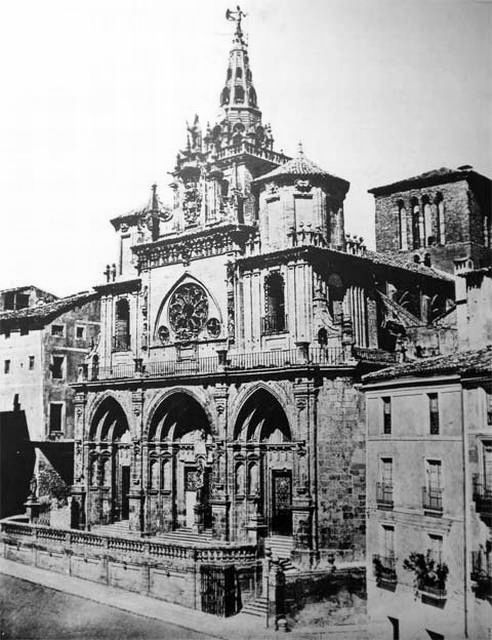
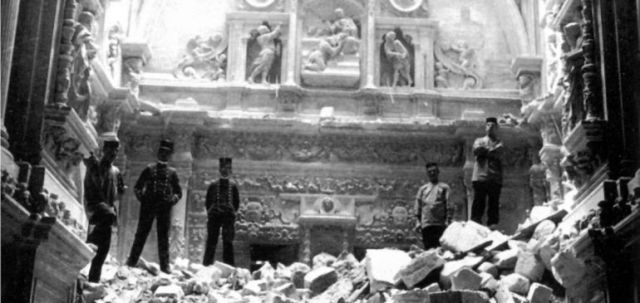
An unfortunate event in 1902 marked a defining moment in the cathedral’s history. Much of the temple suffered severe damage due to a structural collapse. This presented an opportunity for restoration but also stirred intense debate over architectural integrity and historical authenticity.
Architect Vicente Lampérez spearheaded the initiative to reconstruct the cathedral. He envisioned an ambitious neo-Gothic redesign that aimed to recapture and enhance the glory of the original medieval structure. The result was a new façade characterized by pointed arches and elaborate tracery.
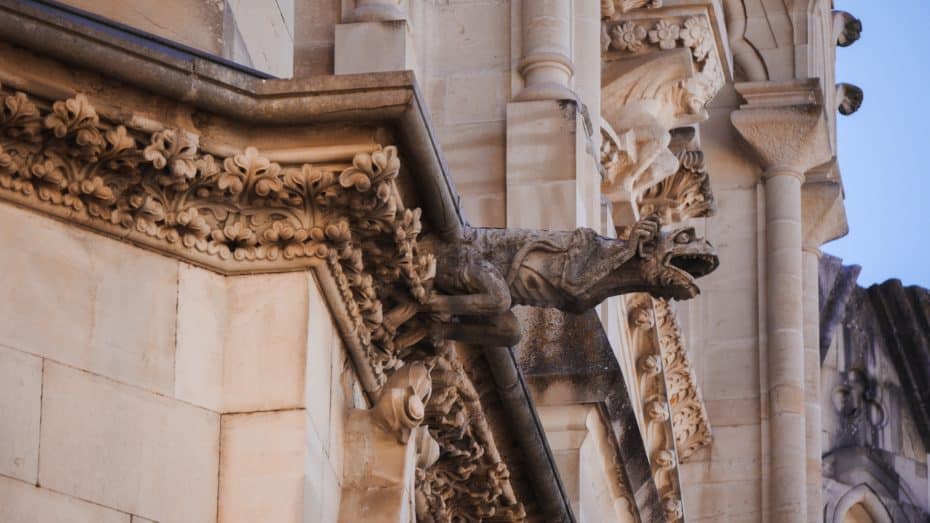
Although Lampérez’s work was meticulous and sought to echo historical features with modern interpretations, his renovation sparked controversy among architectural experts and the local population, who were deeply divided over these changes.
Critics argued that the new design did not faithfully reflect the historical and architectural values of the original building, and some considered the reconstruction to be “fake” Gothic.
Cuenca Cathedral Today: What Not to Miss During Your Visit
During my recent trip to Cuenca, Spain, I had the opportunity to explore the majestic Cuenca Cathedral. Taking a guided tour was highly recommended to me, and now I understand why. It truly enhanced my appreciation of this historic monument.
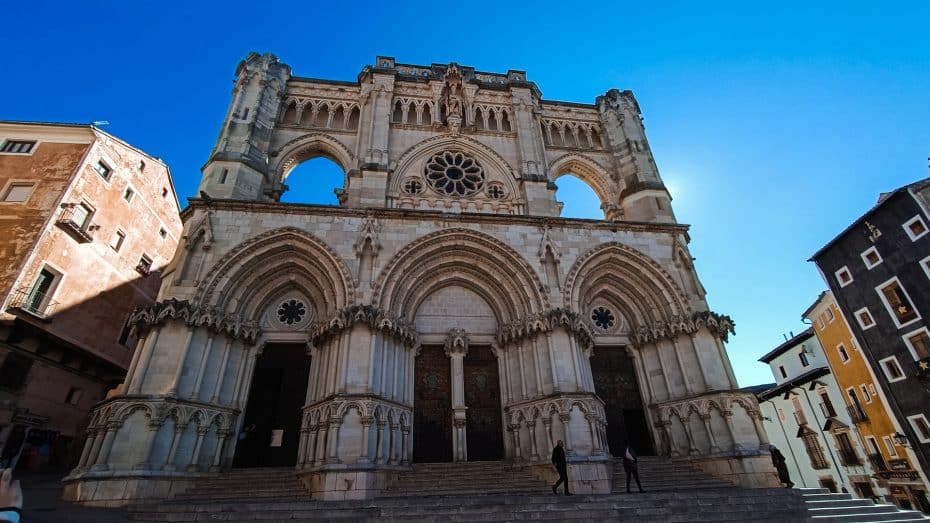
The Cuenca Cathedral has several impressive features you shouldn’t miss. Firstly, the beautiful façade welcomes you to the cathedral with its striking Gothic design. As soon as you enter, you can’t help but notice the impressive main altar and its exquisite artwork.
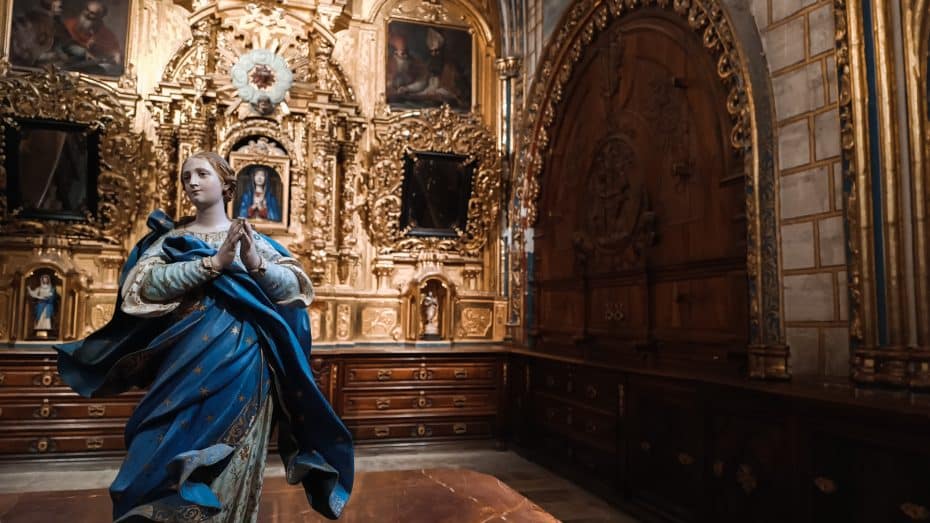
Marvel at the intricate stained-glass windows that allow colorful light patterns to fill the interior spaces. The impressive dome soars above, providing a sense of grandeur and elegance.
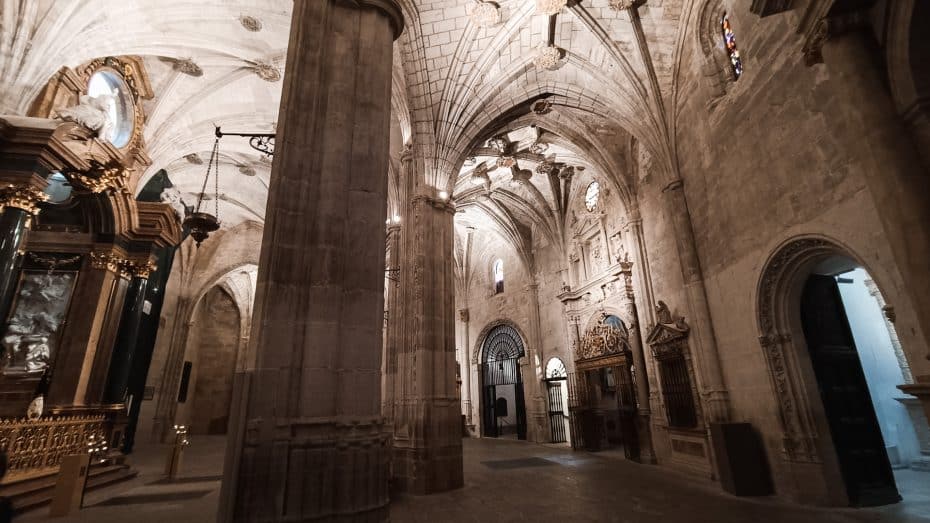
Make sure also to visit the side chapels, adorned with stunning murals depicting biblical scenes. The choir area features masterfully crafted wooden stalls and sculptures.
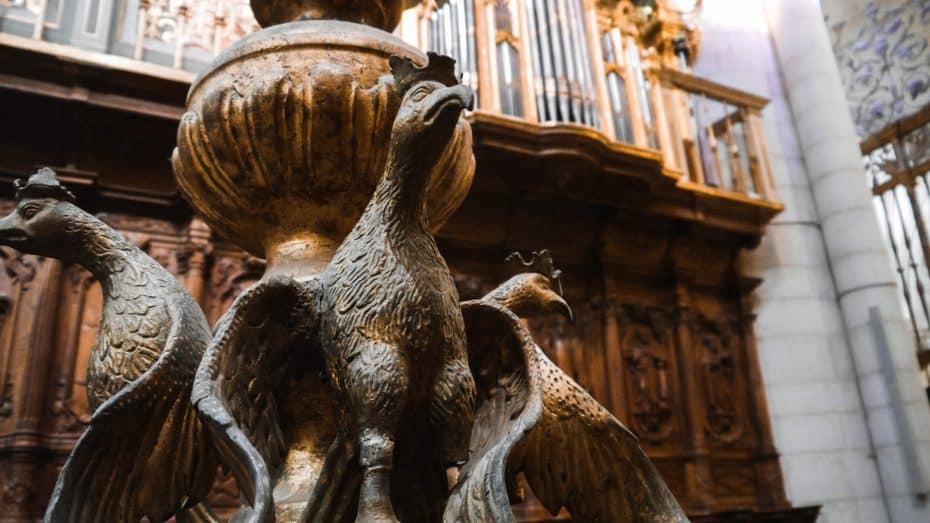
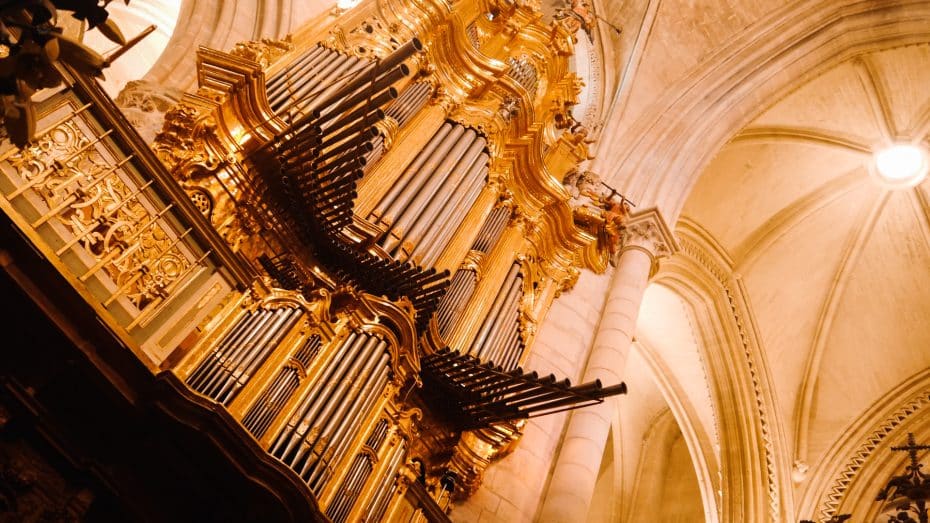
The cathedral’s organ is an instrument and a piece of art. It’s massive and beautifully crafted, often used for concerts that fill the entire space with music that seems to be coming from heaven itself. During my visit, I learned about its intricate design and how it contributes acoustically to the space.
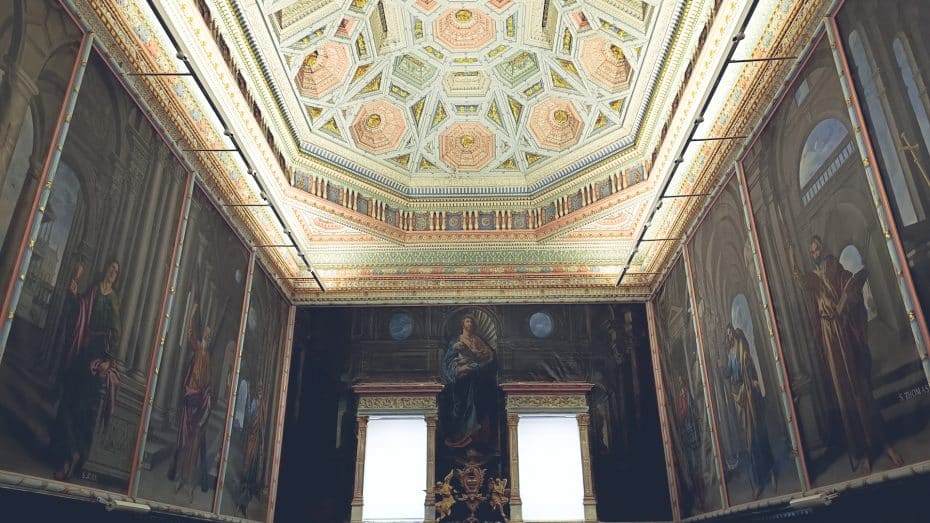
The cathedral’s museum houses precious artifacts like religious relics and historic artwork worth admiring. Don’t forget to check out the cloister.
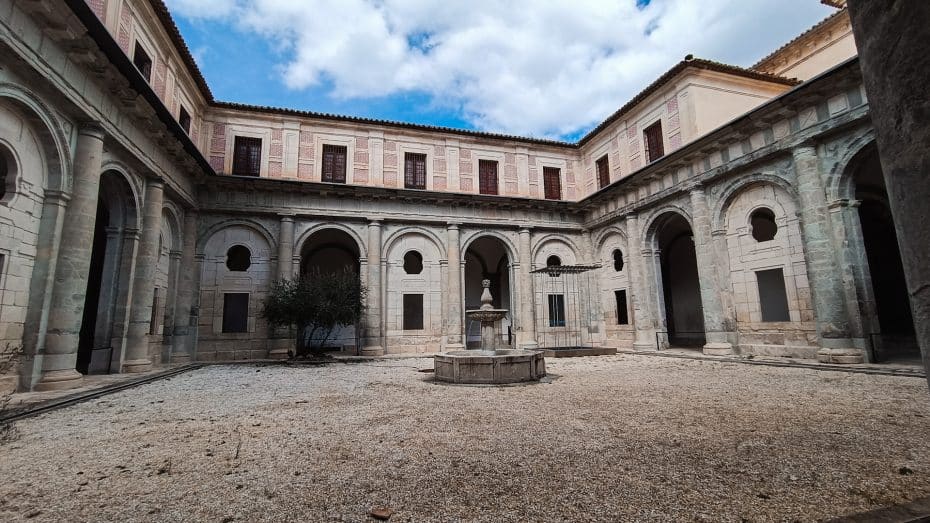
Going up to the triforium, or gallery level of the cathedral, offers an incredible view over the cathedral and Plaza Mayor.
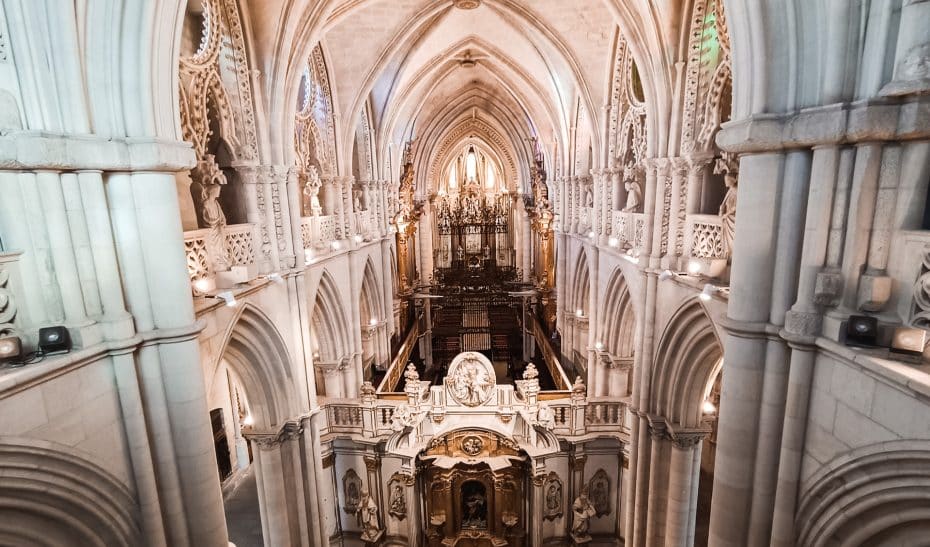
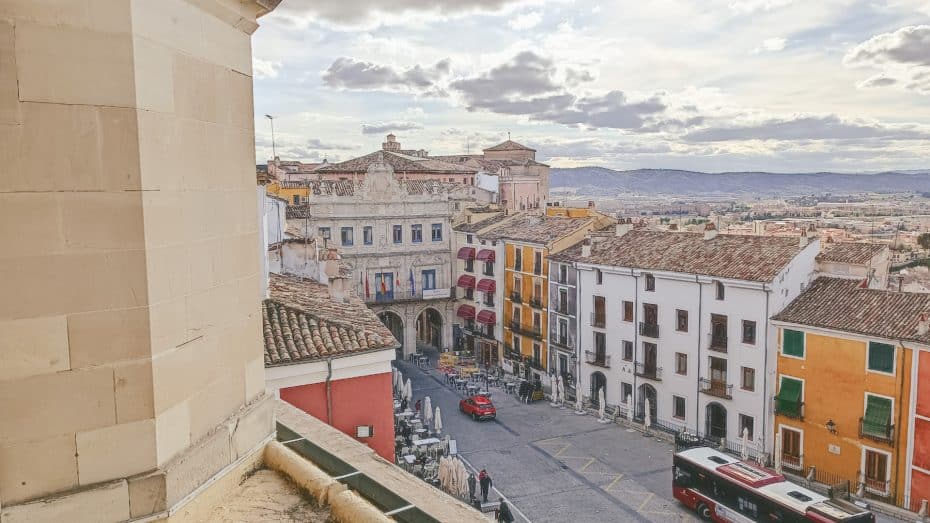
Our personal tip: make sure to pause during your tour and take in your surroundings, as there’s so much history and beauty embedded within Cuenca Cathedral’s walls.
Cuenca Cathedral: Useful Information & Tips for Visiting
The cathedral opens its doors to guests Monday through Saturday from 10:00 AM to 7:00 PM and Sundays from 11:30 AM to 9:00 PM. To fully appreciate the place’s serenity, consider visiting on weekday mornings when it’s usually less crowded.
A standard entry ticket costs about 5 euros, but there are discounts for students, over 65s, and children. This fee grants access to most parts of the cathedral, including the main chapel, cloister, and the Diocesan Museum.
Springtime, specifically from April to June, offers the best climate for visiting Cuenca without the intense heat or cold. Plus, the light during these months tends to give the cathedral’s stained glass an extra shimmer.
For an immersive cultural journey, time your visit during one of Cuenca’s many festivals, such as the Semana de Música Religiosa de Cuenca. Being in the cathedral during these celebrations provides a memorable snapshot of local traditions.
Remember that this is an active place of worship, so modesty is appreciated. Shoulders and knees should be covered while within the cathedral’s halls.
You should not miss the chance to view ‘El Espolio‘ by El Greco – one of the cathedral’s artistic highlights.
Personal tip: Remember to take a quiet moment in one of the lesser-known side chapels—they offer peaceful corners away from the hustle and bustle.
As you leave, spend some time in Cuenca’s old town; this will help you connect your impressions of the cathedral with other historic buildings around it.



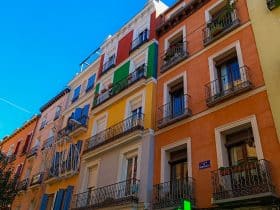
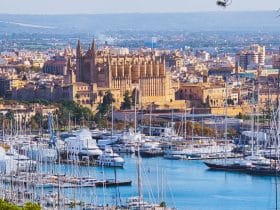

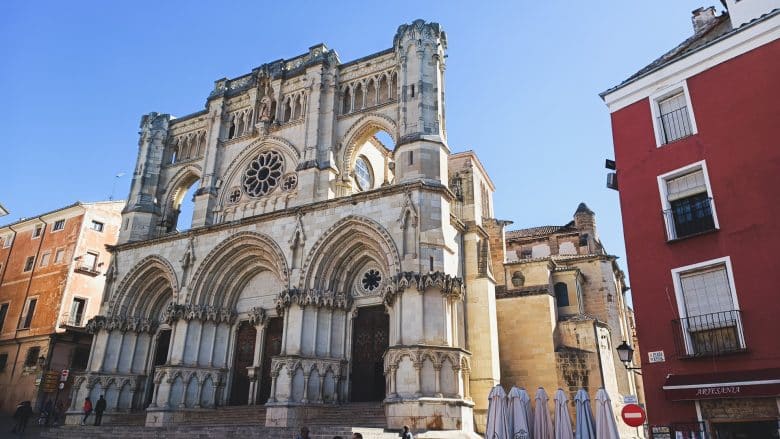
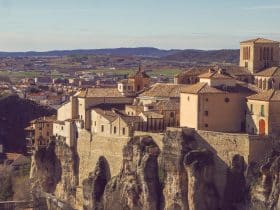

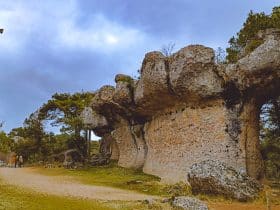
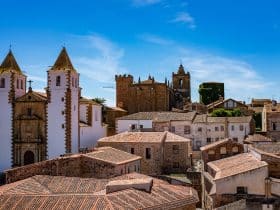
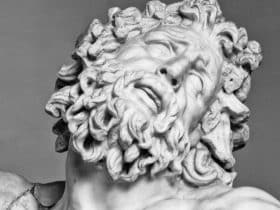
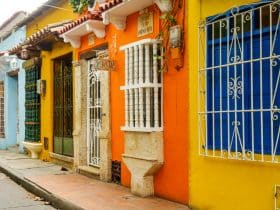












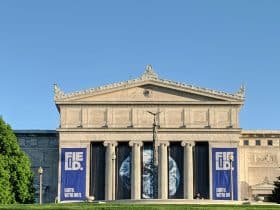
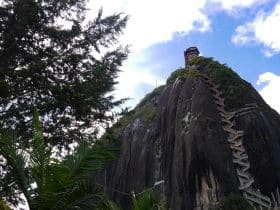

Leave a Reply
View Comments